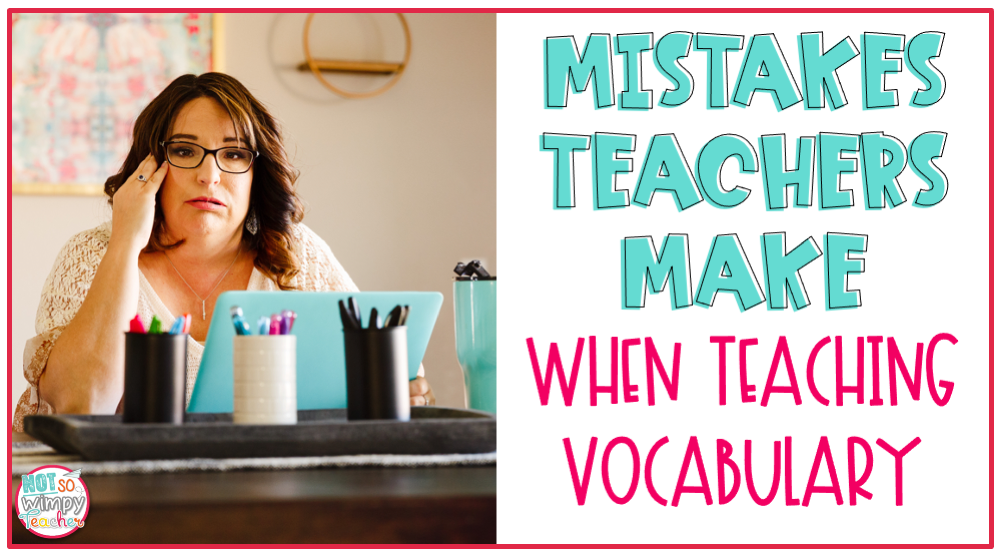
Raise your hand if teaching vocabulary is a tad scary for you. Now put it down before strangers think you are losing it!
Vocabulary instruction is tricky. We know that our kids need better vocabularies, but actually making it happen is not easy.
I have spent quite a bit of time over the past couple of years learning about vocabulary and teaching others how to improve vocabulary instruction in the classroom. I have noticed five common mistakes that teachers are making.
Let me preface by saying that I am guilty of making every one of these mistakes at one time or another! When it comes to teaching vocabulary, we are in this together!
Mistake #1: Not Teaching Vocabulary
Are you teaching vocabulary at all? If so, you’re ahead of a lot of teachers out there.
There are still tons of classrooms where vocabulary is not explicitly taught. Students might be given a list of words or have some sort of center where they work with words. That’s all fine and dandy, but that is NOT teaching vocabulary.
To truly develop a good vocabulary, students need guided lessons. They need instant feedback and corrections when they are using the words incorrectly. Vocabulary cannot just be something that they do on their own. They need you!
Mistake #2: Only Teaching Domain Specific Words
There are three different tiers of vocabulary words.
- Tier One: These are words that students don’t need to be taught because they already know them when they come to school. Examples: cup, baby, happy
- Tier Two: These are high frequency words that students do not already know, but will likely see in grade level text. Examples: frigid, grasp, obsolete
- Tier Three: These are content specific words that pertain to a specific subject. Examples: dividend, photosynthesis, compass
Many teachers spend time with tier 3 words during their math, science and social studies instruction. Perfect! That is exactly where those words should be taught.
But if those are the only teaching vocabulary words that you are pop up in other subjects, then your kids are really missing out! The words that they need to improve their reading comprehension and test scores are actually the tier two words.
Mistake #3: Teaching Obscure Words
I am going to say this and I hope that no one is offended….
Just because a word appears in your reading curriculum does not mean that it is a word that belongs in your vocabulary lessons.
Some of those words are obscure and very specific to that particular story. One story from my reading curriculum was about cowboys. One of the vocabulary words was “chaps.” It is a great word to learn when learning about cowboys. But unless they read westerns, students aren’t likely to run across that word in other grade level texts.
This is one of the most common mistakes I see teaching vocabulary. Don’t waste your time with obscure words. Focus on words that students will see and be able to use over and over again.
Mistake #4: Relying on Dictionaries for teaching vocabulary
This is a pet peeve for me. I am so sad when a teacher thinks that teaching vocabulary is simply telling students to look up their words in the dictionary.
Words in a dictionary often have many different definitions and even parts of speech. Many of the definitions are very complicated and use the vocabulary word in the definition. Students usually just choose the shortest definition to write down.
This is a waste of time, confuses students and teaches them to dislike vocabulary! Please don’t do it! I beg you!
Mistake #5: Not Making Vocabulary Fun
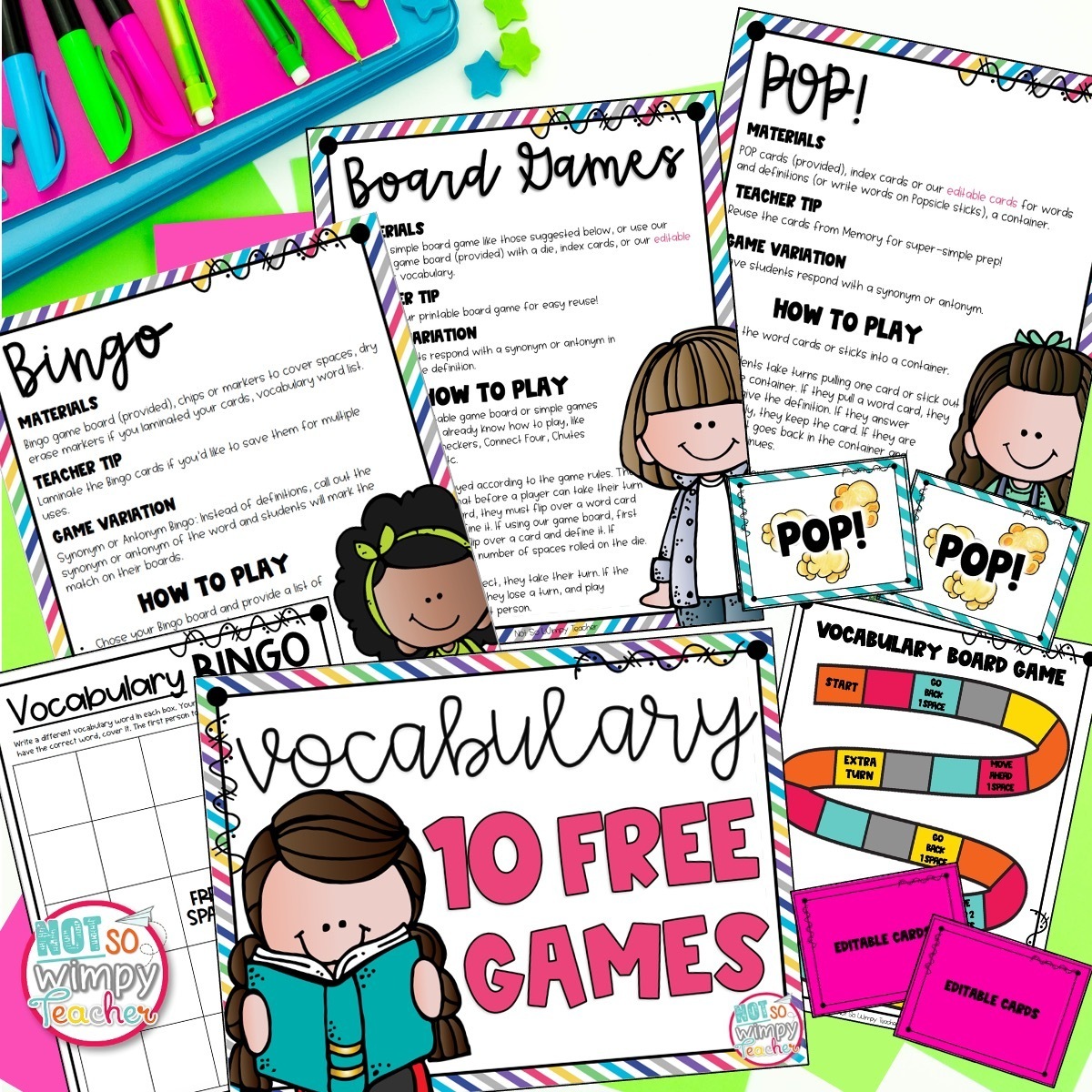
I remember disliking vocabulary when I was young. It was boring. I didn’t feel like I was getting much out of it.If your kids are bored, they won’t remember the words that you are teaching.
I am not saying that you have to be a circus clown and entertain them with a show during vocabulary. I just think that instruction should mix in some drawing, sharing, games, etc. Make students excited to be word detectives. Make them look forward to this time.
If you are in need of some game ideas, check out THIS post for some fun and free games to play with any kind of vocabulary words. These games are perfect for the whole class or small groups. They are fun to play and simple to prep.
And you can download ALL 10 Vocabulary Games for FREE!
So what now?
Are you thinking, “Jamie, this is all. fine and dandy. I make these mistakes teaching vocabulary, but I have no idea HOW to fix my instruction!” I am not going to leave you high and dry.
I created this FREE video that explains exactly how I transformed my vocabulary instruction into something more meaning fun and engaging. It’s so simple!
Vocabulary Resources
I’ve also created a full year of vocabulary lessons for grades 1-5, focused on Tier 2 words. Each week follows the same simple routine so you can teach meaningful vocabulary lessons in 10 minutes a day.
- Monday: Introduce 5 new words for the week
- Tuesday: Synonyms and Anotnyms
- Wednesday: WOW Words
- Thursday: Drawing vocabulary words
- Friday: Review and games
I assess vocabulary every other week. Read more about my method for teaching vocabulary here.
If you want to mistake-proof your vocab instruction check out the resources!
Shop This Post
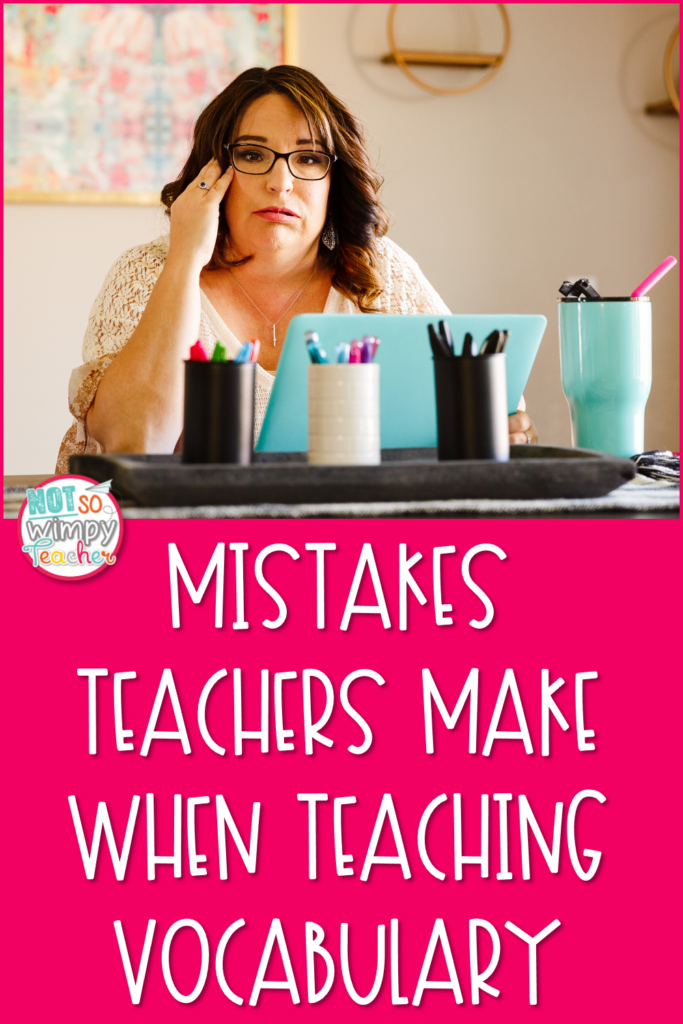
You might also like to read about Teaching Meaningful Vocabulary Lessons.
Have a Not So Wimpy Day,


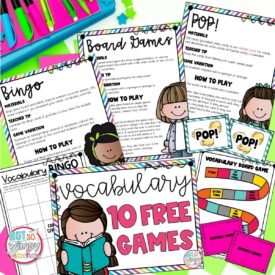
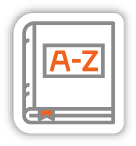
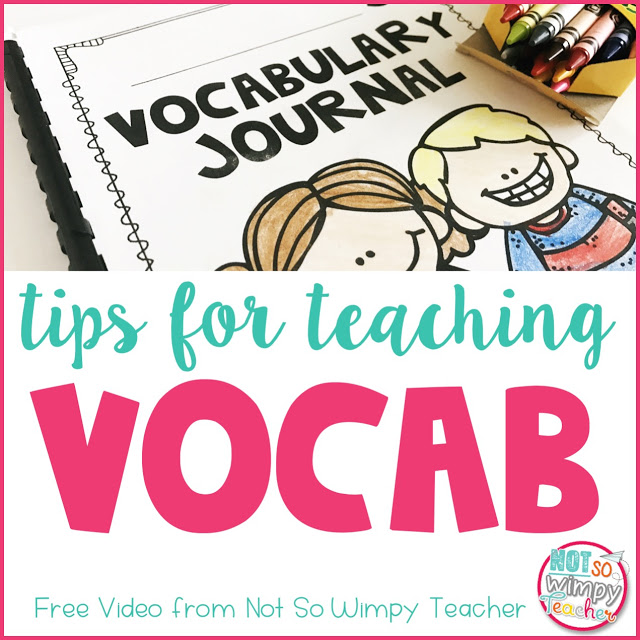
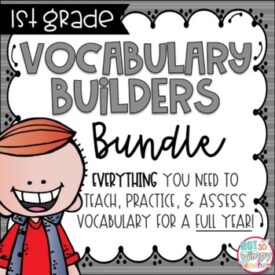
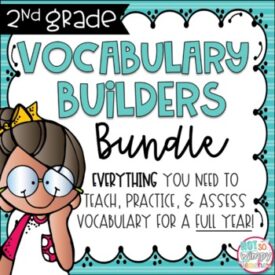
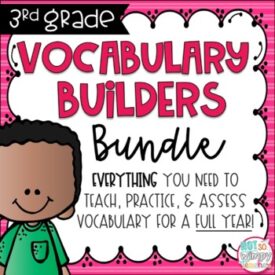
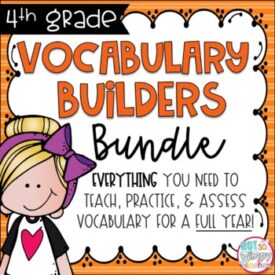
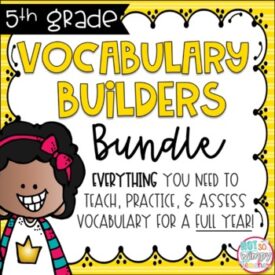

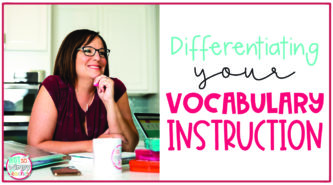
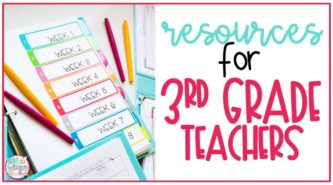
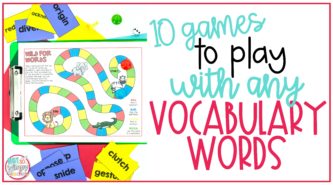











 End of Year Carnival Week for grades 2-5!
End of Year Carnival Week for grades 2-5!
this was so helpful. I’m a 2nd grade teacher, and will be able to use many of these strategies with my students with just a few ajustments.